> Announcing the lineup on Wednesday, NGV director Tony Ellwood said the triennial would be “a visually arresting and thought-provoking view of the world today”, tackling three major themes: magic, memory and matter.
“In the last three years since our last triennial, societies have undergone major structural changes … The NGV triennial offers a platform to artists to voice their concerns, ideas and importantly their hopes,” he said. . .
"...Agnieszka Pilat, the artist of choice among Silicon Valley’s tech billionaires and venture capitalists who has worked as an artist-in-residence at both SpaceX and Boston Dynamics, is known for incorporating technology and futurism into her work, particularly for her paintings with the 30kg Boston Dynamics robot dogs known as “Spot”. She even lives in New York with one, which she has named Basia.
But for the first time ever, Pilat is training the robots to paint by themselves for a work in this year’s NGV Triennial, opening in Melbourne in December. The three robots will paint for four months using sticks of oil paint on an acrylic ground canvas attached to the wall. They will be programmed to understand a range of commands, which they will execute in whatever order they see fit – down to the direction the arm moves, how hard it presses the canvas and whether it paints a dot or a line. . .
Digital Trends had this to say: "...The training and painting process for the NVG project will take the robots around four months to complete, with the artwork hopefully finished in time for the NVG Triennial, which opens in December.
The Royal Melbourne Institute of Technology (RMIT) and its Health Transformation Lab is lending its own Spot robot to Pilat, while also conducting research to learn more about how people respond to the introduction of autonomous robots into their spaces.
RMIT’s Brad Crammond commented: “Art is thought of as a uniquely human endeavor, indicative of the difference between humanity and other creatures.”
He added: “Seeing a robot creating art, in Melbourne’s premier gallery, challenges our ideas about what a robotic future could look like.”
RELATED
NGV Triennial 2023 Is Bringing Robot Dogs, Yoko Ono's Art and a Room-Sized Ode to Plants to Melbourne
Displaying this summer, the spectacular showcase will feature 75 works, complete with more than 25 world-premiere projects.
NGV Triennial 2023 reveals Magic, Matter and Memory
Today (5 April), the National Gallery of Victoria (NGV) unveiled details of the upcoming NGV Triennial 2023, which features over 75 projects, including 25 world premieres commissioned by the Gallery.
The third NGV Triennial is anchored through three thematics: Magic, Matter and Memory, in what Director Tony Ellwood says will be a ‘visually interesting and thought-provoking view of the world today’.
It will bring together 14 Australia-based artists along with a selection of those at the vanguard internationally, working across painting, photography, fashion, robotics, sculpture and artificial intelligence (AI).
Senior women artists will present celebrated works and new commissions, including counterculture icon Yoko Ono, Pitjantjatjara Yankunytjatjara artist Betty Muffler, the UK’s Tracey Emin, Hobart-based Heather B Swann, Pitjantjatjara artist Iluwanti Ken, Argentine-Swiss artist Vivian Suter and textile sculpture innovator Sheila Hicks.
The work of other included artists, such as Brisbane-born LA-based TikTok performance artist Smac McCreanor, British visual artist David Shrigley, Dutch digital artist collective SMACK and French-Swiss artist Julian Charrière, will show a keen internet-orientated awareness of trending creators and topics.
At the media announcement, Polish artist Agnieszka Pilat’s live showcase of two Boston Dynamics robot dogs in action stole the crowd. Bonnie and Basia wore custom-made socks to spread aqua-coloured paint over a canvas laid on the ground, and accepted a scratch from Victoria’s Minister for Creative Industries, Steve Dimopoulos MP.
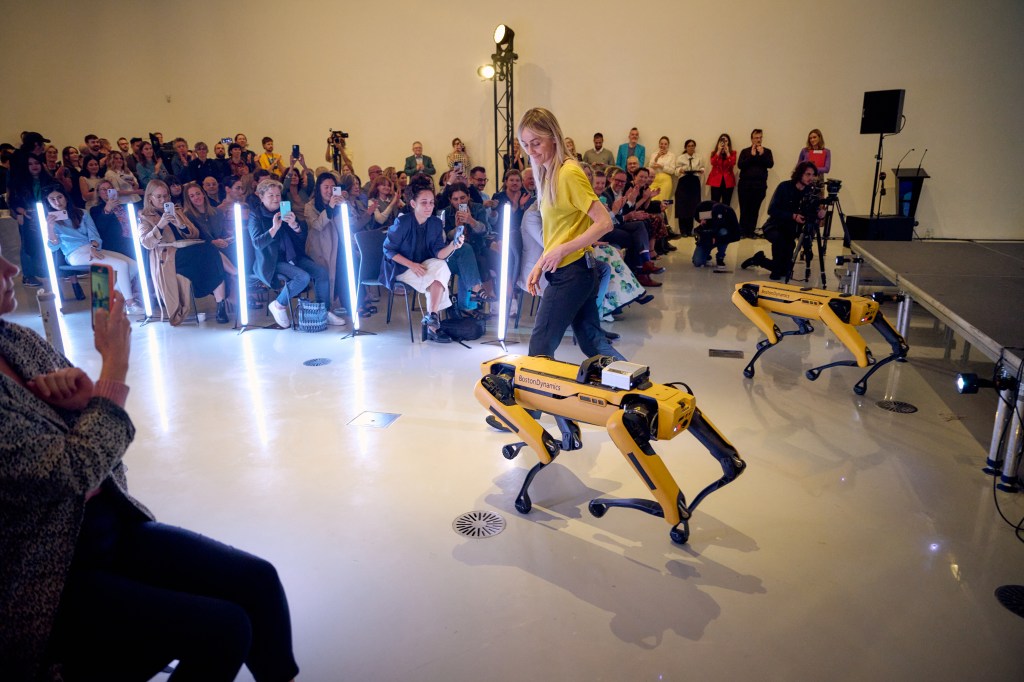
The futuristic showcase bears comparison to Sun Yuan and Peng Yu’s robot arm, Can’t Help Myself, shown at the 2019 Venice Biennale and made hugely popular via TikTok.
Coincidentally, for those who want a taster of Boston Dynamics robot dogs, check out ‘Spot’ in Catherine Bell and Cathy Staughton’s Dog Robot Space Star at Gertrude Glasshouse from 21 April to 20 May.
The selection of NGV Triennial 2023 participants also reveals those artists born in the 1970s and 80s are now in their prime, while a handful of post-90s artists are making their mark on the international stage, such as Alice Springs-born Pitjatjantjara artist Selinda Davidson (1994), US photographer Tyler Mitchell (1995), Shanghai-based Yining Fei (1990) and māhū mixed-Native Hawaiian artist Lehuauakea (1996).
Read: Exhibition review: Melbourne Now, NGV Australia
Notable highlights
Magic
- Agnieszka Pilat will pass over the reins to three of her robot dogs, which will complete a monolithic duration work across four months of the Triennial
- Paris couture house Schiaparelli will present a selection of works from recent couture collections
- Betty Muffler‘s Ngangkari Ngura (Healing Country) is a monumental painting from an eagle’s-eye view (first shown in Like a Wheel That Turns: The 2022 Mcfarlane Commissions at ACCA).
- Franziska Furter‘s room-scale installation considers weather and atmospheric impacts
- SMACK‘s computer animation reimagines Hieronymus Bosch’s iconic painting, The Garden of Earthly Delights, and
- Yoko Ono‘s text work I LOVE YOU EARTH (2021) will be shown on the façade of the NGV International building.
Matter
- an avalanche-like textile sculpture made of nets and fibre in varying shades of blue by Sheila Hicks
- David Shrigley‘s seven-metre high sculpture Really Good (2016) conceived in the aftermath of the UK’s decision to leave the European Union
- Berlin-based Michael Elmgreen and Ingar Dragset brings four sculptural installations challenging the identity of the painter
- Farrokh Mahdavi‘s androgynous portraits accompanied by floor canvases inviting the footprints of visitors
- the post-apocalyptic classroom of Hugh Hayden, which recreates a classroom setting with dodo skeletons and trees
- John Gerrard‘s simulation depicting flame and smoke, which at times appears to resemble a flag, positioned within a seascape – a poignant warning on our climate emergency
- Ryan Gander‘s prophetic mice, voiced by his daughter, of some of the biggest questions that face humanity, and
- Smac McCreanor brings her interpretative movement clips from the Hydraulic Press Girl series.
Memory
- a new body of Tracey Emin‘s work joins the NGV Collection and will be presented at the Triennial, including her text-based neon, a series of paintings and bronze forms
- Petrit Halilaj‘s immersive installation, which upscales his childhood paintings, sharing lived experience of war and displacement
- Thomas J Price‘s larger-than-life sculptures of everyday Black folks, pointing to identity, representation and power
- Bright Hours (2023) by Brennan Gerard and Ryan Kelly explores the relationship between Swiss-French architect Le Corbusier (Charles-Edouard Jeanneret) and US dancer Josephine Baker in 1929
- 10 leading street photographers capture 10 global megacities with populations of more than 10 million people
- Chase Hall‘s paintings, which use coffee as a pigment, highlighting racial inequalities in the US, past and present
- the speculative and psychological paintings of Prudence Flint in a new body of work, Hunting & Fishing
- Shakuntala Kulkarni‘s cane figures that speak of the crossovers between protection, restriction and tradition, and
- Yee I-Lann collaborating with Bajau Laut weavers to continue her exploration into the power of the table as a colonial tool for cultures that traditionally sat, ate and gathered on mats.
NGV Triennial 2023 opens on 3 December at NGV International; free.
x
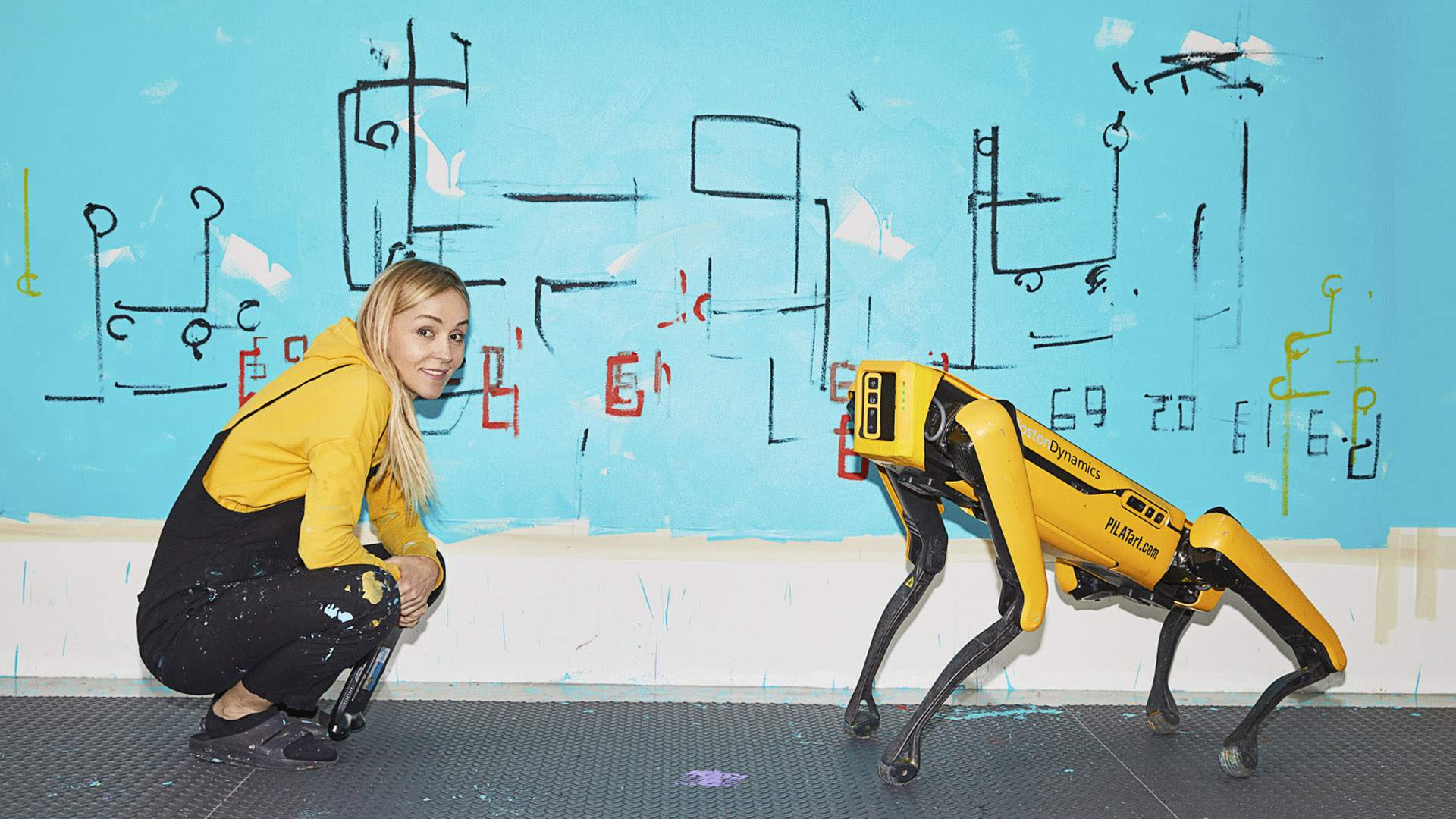

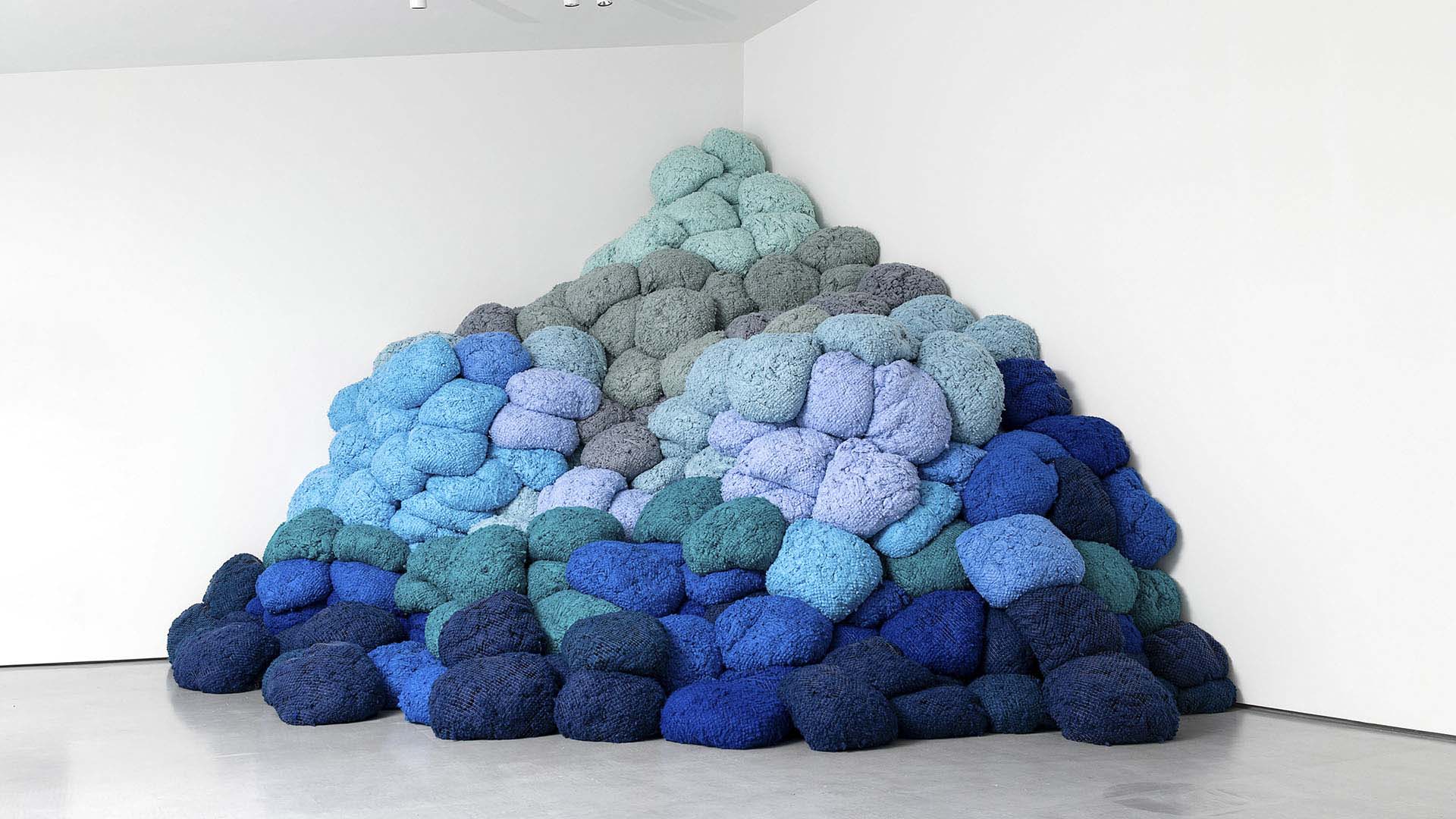
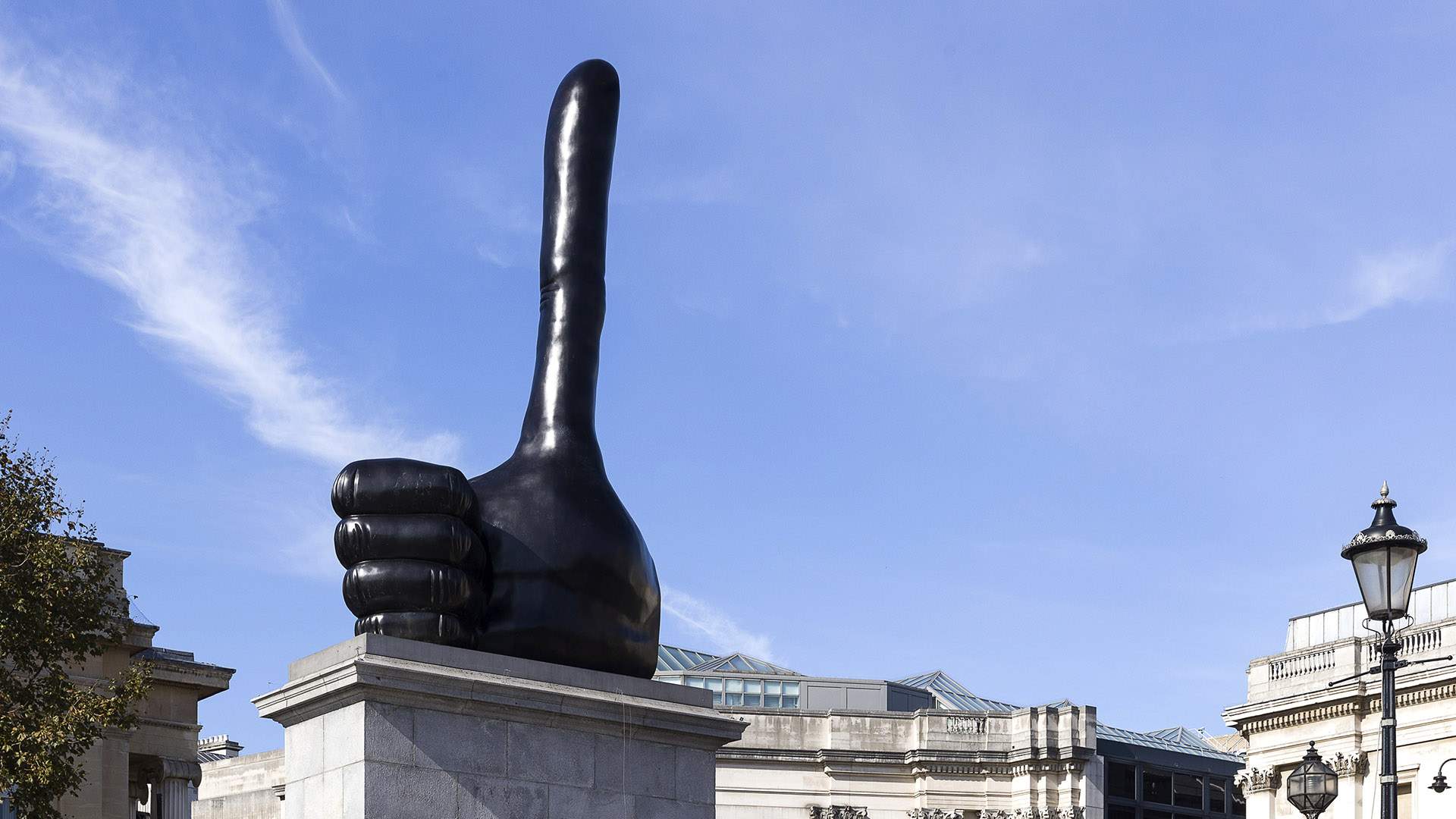
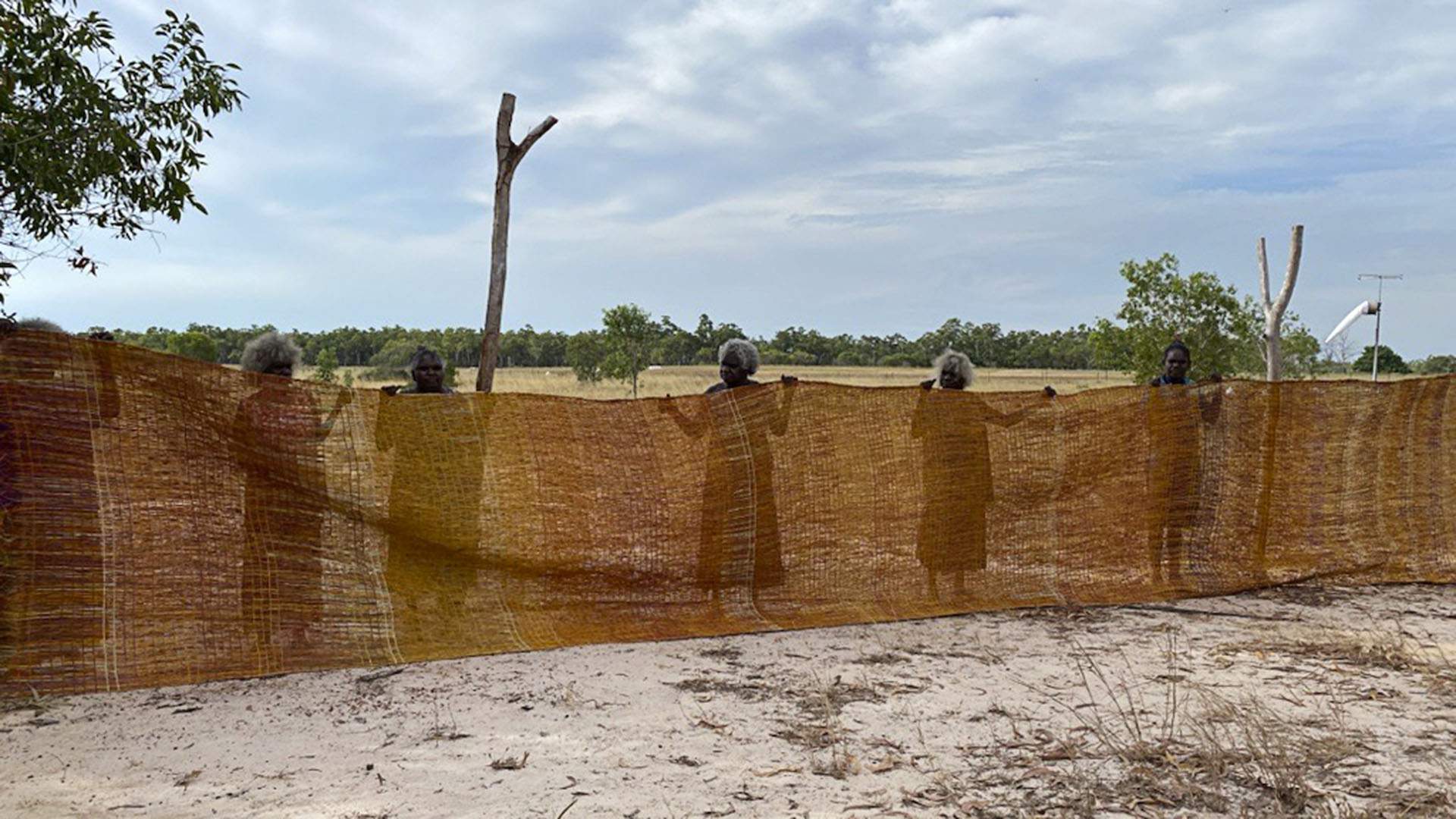
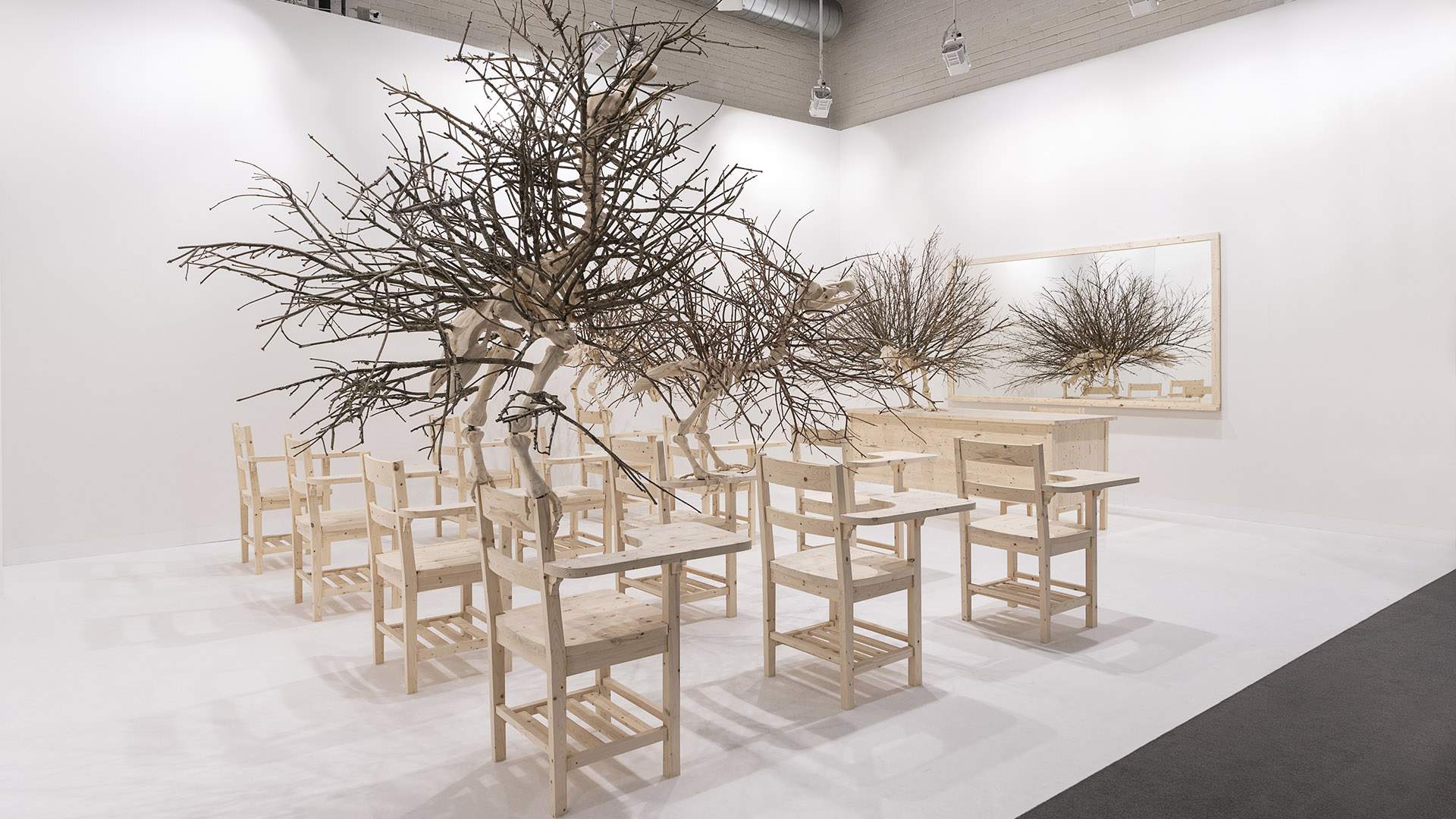


No comments:
Post a Comment